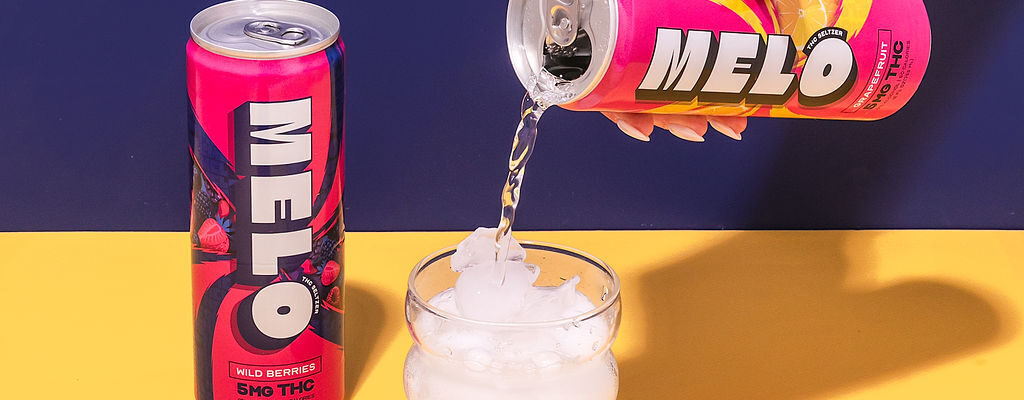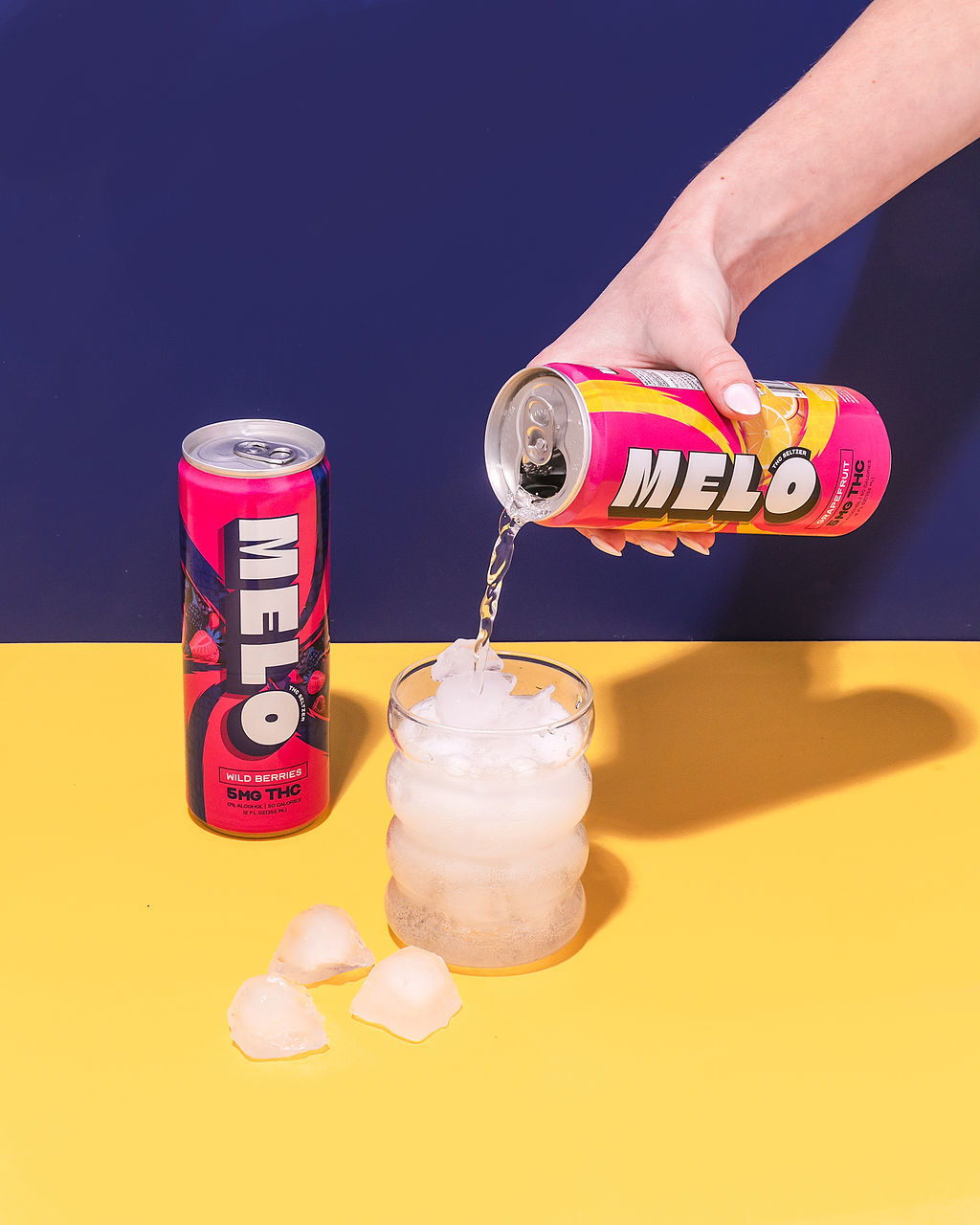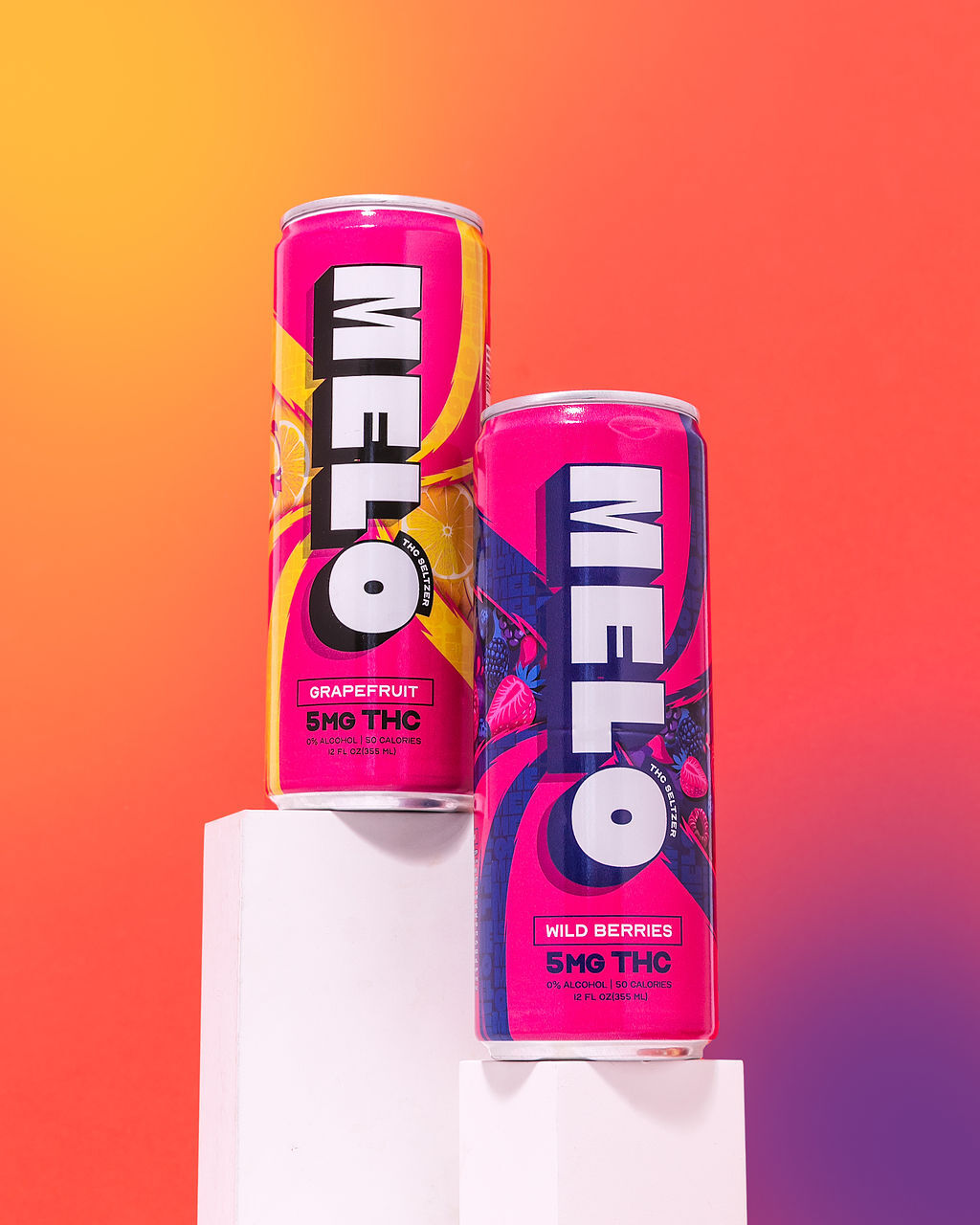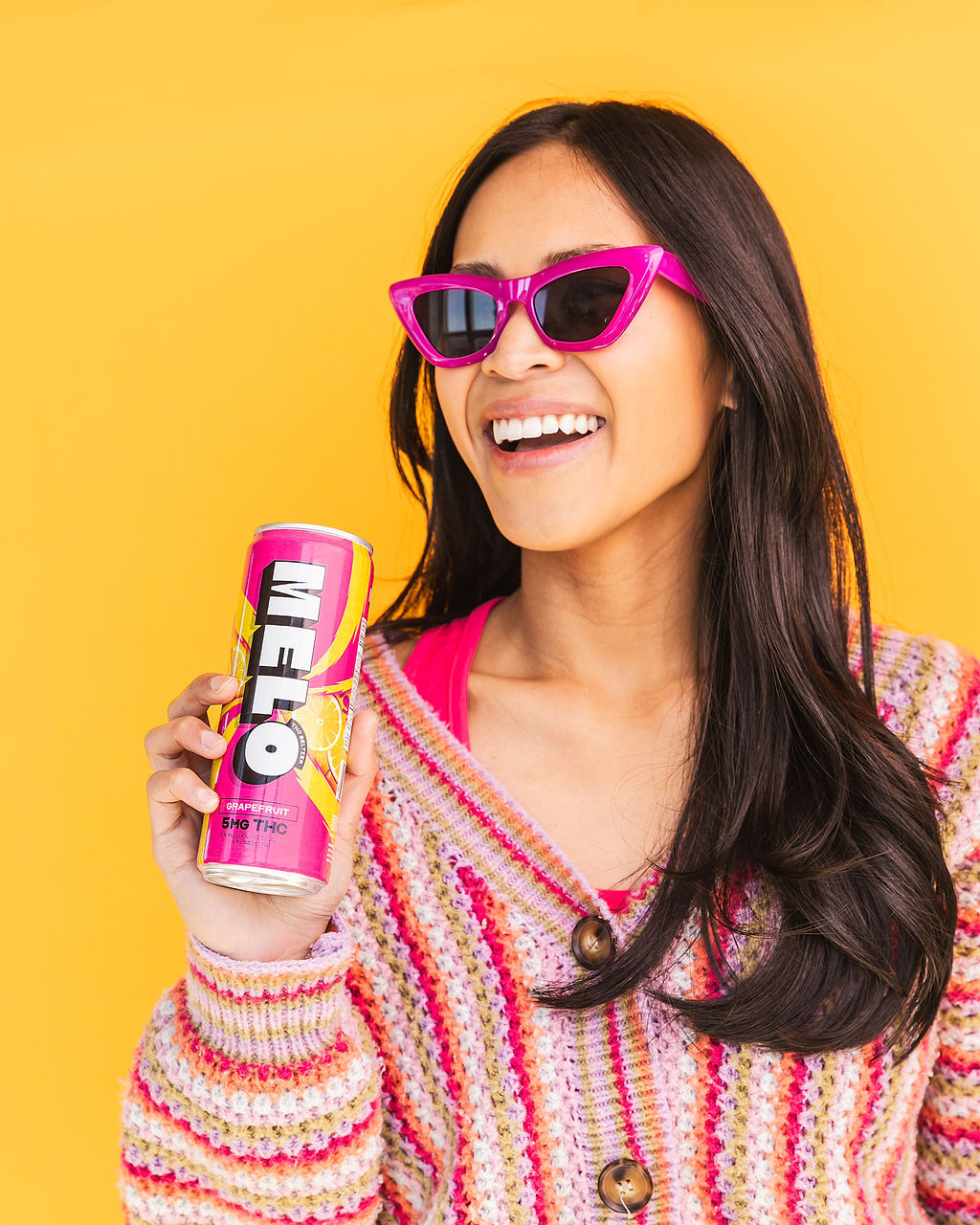Understanding THC Drink Labels: Ingredients And Dosages
May 11, 2025

THC Ingredient Breakdown
Navigating the world of THC-infused beverages can be tricky, especially when deciphering ingredient lists and understanding dosages. To make informed choices and enjoy your experience responsibly, it’s crucial to understand what goes into those colorful cans and bottles.
Types of THC
THC, or tetrahydrocannabinol, is the primary psychoactive compound in cannabis responsible for its intoxicating effects. When looking at ingredient lists on THC-infused beverages, you’ll often see it listed as “THC,” “delta-9-tetrahydrocannabinol,” or sometimes simply as “cannabis extract.” However, there are different types of THC present in these drinks.
The most common type is delta-9-THC, the classic form responsible for the “high” associated with cannabis. Other types, like delta-8-THC and THCV, may also be present. These isomers have similar chemical structures to delta-9-THC but can produce slightly different effects.
Understanding these nuances is important because the effects of each THC type can vary, and knowing what’s in your drink allows you to tailor your experience and consumption accordingly.
Isolates vs. Full Spectrum
One key distinction to understand is the difference between THC isolates and full-spectrum extracts. THC isolate is pure delta-9-THC extracted from cannabis plants and then purified to remove all other cannabinoids, terpenes, and plant matter. Full-spectrum extracts, on the other hand, contain a wider array of compounds found naturally in the cannabis plant, including various cannabinoids (like CBD), terpenes, flavonoids, and other beneficial molecules.
The “entourage effect” is often cited as a benefit of full-spectrum extracts. This theory suggests that these various compounds work together synergistically to enhance each other’s effects, potentially leading to a more balanced and well-rounded experience. Conversely, isolates provide a precise dosage of delta-9-THC without the influence of other cannabinoids.
Both isolates and full-spectrum extracts have their proponents and detractors, and ultimately, the best choice depends on individual preferences and desired effects.
Third-Party Lab Testing
Understanding the source and composition of THC in a beverage is crucial for responsible consumption. Third-party lab testing plays a vital role in ensuring product safety and accuracy by independently verifying ingredient lists and potency levels.
These labs use sophisticated analytical techniques to determine the precise amount of THC (both delta-9 and other types) present in each serving. This information is typically displayed on a product’s label, allowing consumers to make informed decisions about their dosage.
Furthermore, reputable third-party testing goes beyond just quantifying THC. They also analyze for potential contaminants such as pesticides, heavy metals, and residual solvents, ensuring that the product meets safety standards.
Choosing beverages from brands that utilize third-party lab testing provides peace of mind and confidence in the product’s quality and accuracy.
Dosage and Consumption
Dosage is a critical factor when it comes to enjoying THC-infused beverages responsibly. The amount of THC in each serving can vary widely depending on the brand, type of extract used, and intended effects.
Calculating Dosage
When calculating dosage, start by determining the total milligrams (mg) of THC per container. This information is usually listed on the label. Next, divide the total mg of THC by the number of servings in the container to find the mg of THC per serving.
It’s crucial to remember that THC affects individuals differently, and tolerance levels vary widely. Begin with a low dose, such as 2.5-5mg, and wait at least two hours before consuming more to assess its effects. Gradually increase your dosage as needed, always staying mindful of your body’s response.
Factors like metabolism, body weight, and prior cannabis use can influence how THC affects you. Be patient and listen to your body’s cues.
Understanding Milligrams (mg)
Milligrams (mg) are a unit of measurement used to express the amount of a substance, including THC, in a product. When reading a THC drink label, you’ll often see “mg” next to the THC content per serving. This indicates the amount of tetrahydrocannabinol present in each individual serving size.
For example, a can of THC-infused soda might list 10 mg of THC per can. This means that each can contains 10 milligrams of delta-9-tetrahydrocannabinol.

Serving Sizes and Units
Serving sizes are crucial for understanding how much THC you’re consuming. Most THC beverages will list a standard serving size on the label, which could be half a can, a full can, or a specific volume. This standardized serving helps ensure consistent dosing and prevents accidental overconsumption.

Understanding the units used to express dosage is essential for accurate consumption. Milligrams (mg) are commonly used to measure THC content. For example, if a beverage contains 10 mg of THC per serving, it means each serving delivers 10 milligrams of the psychoactive compound.
Factors Affecting Individual Reactions
Dosage and consumption of THC-infused beverages can be influenced by various factors unique to each individual. Body weight, metabolism, and prior cannabis use experience all play a role in determining how an individual reacts to THC. Tolerance levels also vary widely; some people may require higher doses to experience the desired effects, while others might find lower doses sufficient.
Factors such as food intake can also affect THC absorption and its onset of effects. Consuming food with THC-infused beverages can slow down the absorption process compared to consuming it on an empty stomach. Additionally, individual sensitivities and predispositions can influence how someone responds to THC, with some people experiencing more intense or prolonged effects than others.
It’s essential to approach THC consumption responsibly, starting with a low dose and gradually increasing it as needed while carefully observing one’s own body’s response.
Label Language and Claims
Understanding the ingredients and dosages listed on THC drink labels is crucial for a safe and enjoyable experience. THC, short for tetrahydrocannabinol, is the psychoactive compound responsible for cannabis’s intoxicating effects.
CBD Content
Navigating the world of THC-infused beverages can be tricky, especially when deciphering ingredient lists and understanding dosages. To make informed choices and enjoy your experience responsibly, it’s crucial to understand what goes into those colorful cans and bottles.
THC, or tetrahydrocannabinol, is the primary psychoactive compound in cannabis responsible for its intoxicating effects. When looking at ingredient lists on THC-infused beverages, you’ll often see it listed as “THC,” “delta-9-tetrahydrocannabinol,” or sometimes simply as “cannabis extract.” However, there are different types of THC present in these drinks.
The most common type is delta-9-THC, the classic form responsible for the “high” associated with cannabis. Other types, like delta-8-THC and THCV, may also be present. These isomers have similar chemical structures to delta-9-THC but can produce slightly different effects.
Understanding these nuances is important because the effects of each THC type can vary, and knowing what’s in your drink allows you to tailor your experience and consumption accordingly.
One key distinction to understand is the difference between THC isolates and full-spectrum extracts. THC isolate is pure delta-9-THC extracted from cannabis plants and then purified to remove all other cannabinoids, terpenes, and plant matter. Full-spectrum extracts, on the other hand, contain a wider array of compounds found naturally in the cannabis plant, including various cannabinoids (like CBD), terpenes, flavonoids, and other beneficial molecules.
The “entourage effect” is often cited as a benefit of full-spectrum extracts. This theory suggests that these various compounds work together synergistically to enhance each other’s effects, potentially leading to a more balanced and well-rounded experience. Conversely, isolates provide a precise dosage of delta-9-THC without the influence of other cannabinoids.
Both isolates and full-spectrum extracts have their proponents and detractors, and ultimately, the best choice depends on individual preferences and desired effects.
Understanding the source and composition of THC in a beverage is crucial for responsible consumption. Third-party lab testing plays a vital role in ensuring product safety and accuracy by independently verifying ingredient lists and potency levels.
These labs use sophisticated analytical techniques to determine the precise amount of THC (both delta-9 and other types) present in each serving. This information is typically displayed on a product’s label, allowing consumers to make informed decisions about their dosage.
Furthermore, reputable third-party testing goes beyond just quantifying THC. They also analyze for potential contaminants such as pesticides, heavy metals, and residual solvents, ensuring that the product meets safety standards.
Choosing beverages from brands that utilize third-party lab testing provides peace of mind and confidence in the product’s quality and accuracy.
Dosage is a critical factor when it comes to enjoying THC-infused beverages responsibly. The amount of THC in each serving can vary widely depending on the brand, type of extract used, and intended effects.
When calculating dosage, start by determining the total milligrams (mg) of THC per container. This information is usually listed on the label. Next, divide the total mg of THC by the number of servings in the container to find the mg of THC per serving.

It’s crucial to remember that THC affects individuals differently, and tolerance levels vary widely. Begin with a low dose, such as 2.5-5mg, and wait at least two hours before consuming more to assess its effects. Gradually increase your dosage as needed, always staying mindful of your body’s response.
Factors like metabolism, body weight, and prior cannabis use can influence how THC affects you. Be patient and listen to your body’s cues.
Milligrams (mg) are a unit of measurement used to express the amount of a substance, including THC, in a product. When reading a THC drink label, you’ll often see “mg” next to the THC content per serving. This indicates the amount of tetrahydrocannabinol present in each individual serving size.
For example, a can of THC-infused soda might list 10 mg of THC per can. This means that each can contains 10 milligrams of delta-9-tetrahydrocannabinol.
Serving sizes are crucial for understanding how much THC you’re consuming. Most THC beverages will list a standard serving size on the label, which could be half a can, a full can, or a specific volume. This standardized serving helps ensure consistent dosing and prevents accidental overconsumption.
Understanding the units used to express dosage is essential for accurate consumption. Milligrams (mg) are commonly used to measure THC content. For example, if a beverage contains 10 mg of THC per serving, it means each serving delivers 10 milligrams of the psychoactive compound.
Dosage and consumption of THC-infused beverages can be influenced by various factors unique to each individual. Body weight, metabolism, and prior cannabis use experience all play a role in determining how an individual reacts to THC. Tolerance levels also vary widely; some people may require higher doses to experience the desired effects, while others might find lower doses sufficient.
Factors such as food intake can also affect THC absorption and its onset of effects. Consuming food with THC-infused beverages can slow down the absorption process compared to consuming it on an empty stomach. Additionally, individual sensitivities and predispositions can influence how someone responds to THC, with some people experiencing more intense or prolonged effects than others.
It’s essential to approach THC consumption responsibly, starting with a low dose and gradually increasing it as needed while carefully observing one’s own body’s response.
Flavoring and Additives
Label Language and Claims
THC drink labels provide crucial information about the product’s contents and potential effects. Understanding these labels is essential for making informed choices and consuming THC responsibly.
Key elements to look for include:
* **Type of THC:** Labels may list “THC,” “delta-9-tetrahydrocannabinol,” or “cannabis extract.” Be aware that different types of THC exist, such as delta-8-THC and THCV, each with potentially different effects.
* **Isolate vs. Full-Spectrum:** THC isolates are purified delta-9-THC, while full-spectrum extracts contain a broader range of cannabinoids, terpenes, and plant compounds.
* **Dosage:** Pay close attention to the total milligrams (mg) of THC per container and serving size. Start with a low dose (2.5-5 mg) and wait at least two hours before consuming more. Remember that THC affects individuals differently.
* **Third-Party Testing:** Look for products that have been independently tested by reputable third-party labs. This verifies the accuracy of THC content, purity, and absence of contaminants like pesticides or heavy metals.
Flavoring and Additives
In addition to THC content, labels may also list flavorings, sweeteners, and other additives.
Be aware that:
* **Artificial Flavorings:** Some beverages may contain artificial flavors that some individuals might find unpleasant or potentially irritating.
* **Sweeteners:** Sugar alcohols like erythritol are commonly used in THC drinks. While generally safe, consuming large amounts can cause digestive discomfort in some people.
Reading labels thoroughly allows you to make informed decisions about your consumption and choose products that align with your preferences and dietary needs. Remember, responsible THC use starts with understanding what’s in your beverage.
“Effects” and “Benefits” Claims
Understanding the language used on THC drink labels is crucial for making safe and informed choices. Here are some key terms to familiarize yourself with:
- THC (tetrahydrocannabinol): The primary psychoactive compound in cannabis responsible for its intoxicating effects.
- Delta-9-THC: The most common type of THC, known for producing the characteristic “high” associated with cannabis.
- Isolate: A highly purified form of delta-9-THC that contains no other cannabinoids or plant compounds.
- Full-Spectrum Extract: A blend containing a variety of cannabinoids, terpenes, flavonoids, and other natural compounds found in the cannabis plant.
- mg (milligrams): The unit used to measure the amount of THC present in a product. For example, 10 mg of THC means there are 10 milligrams of tetrahydrocannabinol per serving.
- Serving Size: The recommended amount of product to consume at one time, often listed on the label.
- Third-Party Lab Testing:** Independent analysis of a product’s contents by a laboratory to verify its potency, purity, and safety.
Expiration Dates and Storage
Understanding THC drink labels is essential for safe and enjoyable consumption.
**Key Elements to Look For:**
* **THC Type:** Check if it’s delta-9-THC, delta-8-THC, or THCV, as they have varying effects.
* **Isolate vs. Full-Spectrum:** Isolates are pure THC, while full-spectrum extracts contain a wider array of cannabinoids and terpenes.
* **Dosage:** Pay close attention to milligrams (mg) per serving and total container amount. Start low (2.5-5 mg) and increase gradually.
* **Third-Party Testing:** Look for products verified by independent labs to ensure purity, potency, and safety.
**Additional Information:**
Labels may list flavorings, sweeteners, and additives. Be aware of artificial flavors or sugar alcohols which some individuals might be sensitive to.
Remember: Start slow, listen to your body, and enjoy responsibly!
Discover premium THC sparkling drinks
- Gummy Smile Treatment – Gum Contouring Near Cobham, Surrey - September 27, 2025
- Filler For Defined Jaw In Farnham, Surrey - September 24, 2025
- Forehead Frown Lines Treatment Near Ottershaw, Surrey - September 23, 2025
